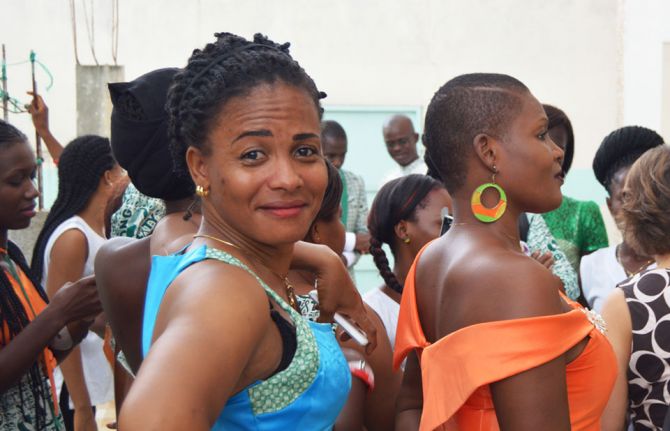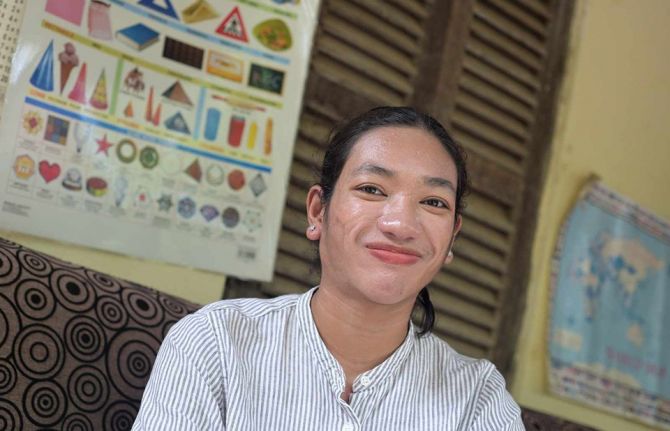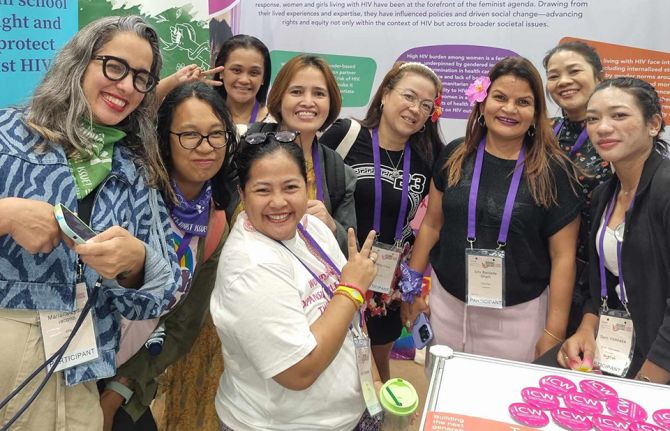

Update
The disproportionate impact of HIV on women in western and central Africa
25 February 2019
25 February 2019 25 February 2019Women are disproportionality affected by HIV, particularly in sub-Saharan Africa. However, in some countries the imbalance is severe.
According to data collected in the Demographic and Health Surveys 2009–2017—a programme that collects and disseminates data on health and populations in developing countries—in the past decade HIV prevalence has been up to three times higher among 20–29-year-old women than men in some of the countries with the highest HIV burden in western and central Africa: Cameroon, Côte d’Ivoire and Ghana (see graph below).
Data for 20–29-year-olds show the importance of HIV transmission through sex. Since men tend to start having sex at an older age than women, data for people who are 20–29 years old better cover both sexually active women and sexually active men. It is clear that women in the region are not being reached with the range of HIV prevention options they need to stop them becoming infected with HIV through sex.
With the ongoing drive in western and central Africa to match the progress made against HIV in eastern and southern Africa, there is a vital need for awareness of the disproportionate impact that the HIV epidemic has had, and continues to have, on women in the region.



